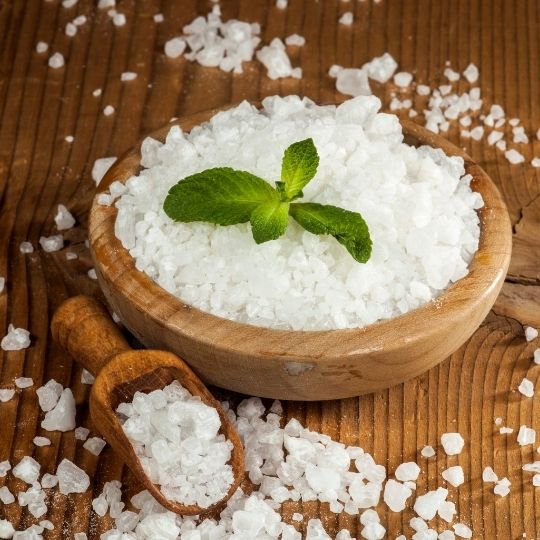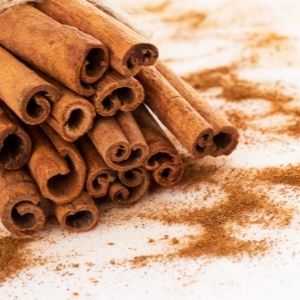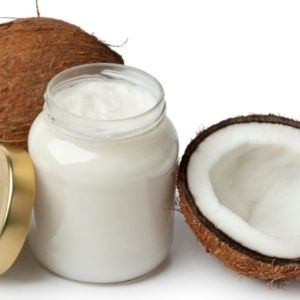Not all salts are created equal. You have probably heard over the years that salt is bad for you and to avoid it. Let’s dive in to better understand the different types of salt.
Table Salt
The most common salt is regular table salt which is usually highly processed, ground, and ultra-filtered to remove most of its impurities and trace minerals.
The other issue with ground table salt is that it has anti-caking agents added to ensure that it flows freely through your salt shaker. There has been mixed controversy over the health implications of these additions as well.
Food-grade table salt is about 97% sodium chloride – some countries will add in iodine also as a preventative measure against iodine deficiency, which is common in many parts of the world.
Hypothyroidism, intellectual disability and many other health problems can arise from an iodine deficiency, which is what prompted the addition of iodine to table salt.
Most restaurants and processed foods will use the cheapest iodized table salt available. If you are choosing healthier salt (Himalayan or Celtic Sea Salt), make sure that you are getting in enough iodine rich foods, such as fish, dairy, eggs and seaweed.
Himalayan Sea Salt
Many people prefer the flavor of Himalayan salt over other types. It is made naturally by evaporating seawater. It naturally contains sodium chloride, as well as various trace minerals like calcium, iron, potassium, magnesium and zinc, and contains slightly lower sodium than table salt.
BENEFITS OF HIMALAYAN SEA SALT:
Natural Electrolytes / Minerals
PH Balancer
Youthful Aging
Hydroelectric Energy
Heart Health
Healthy Libido
Better Sleep



